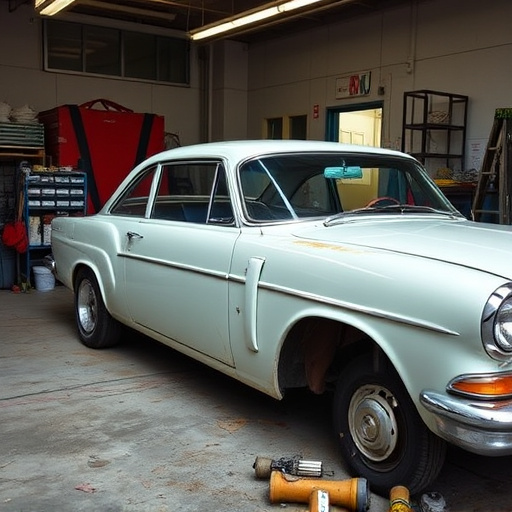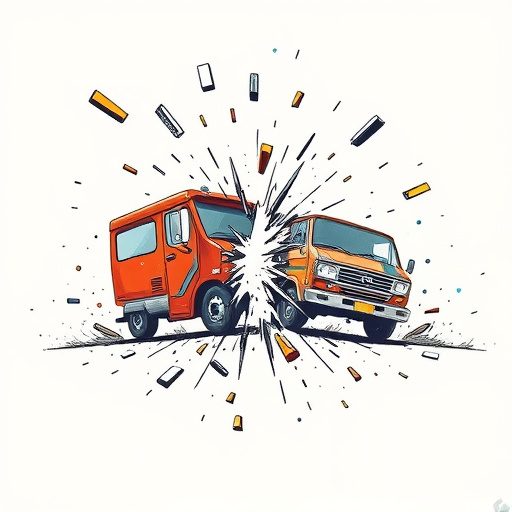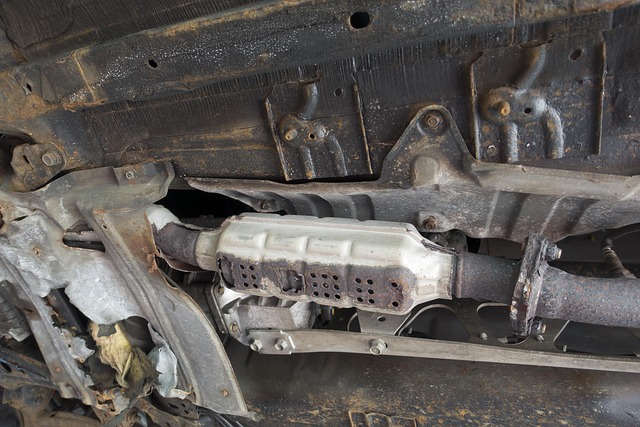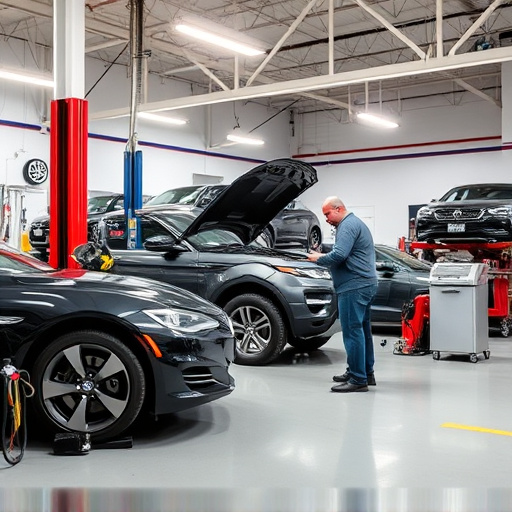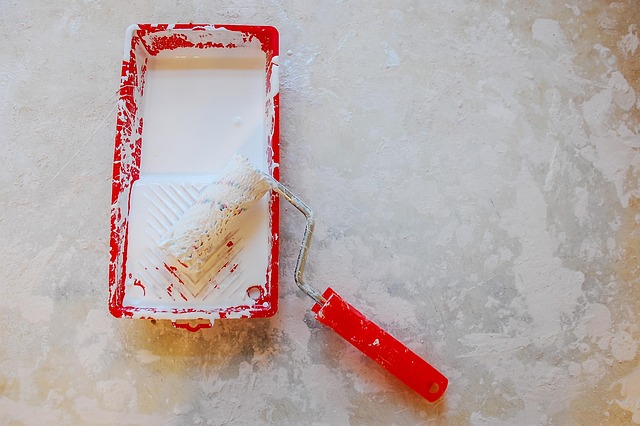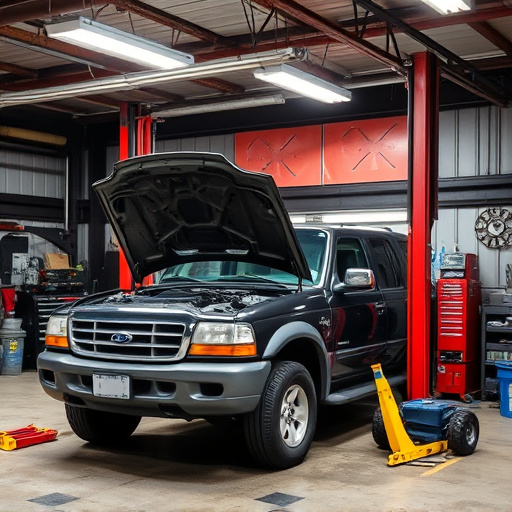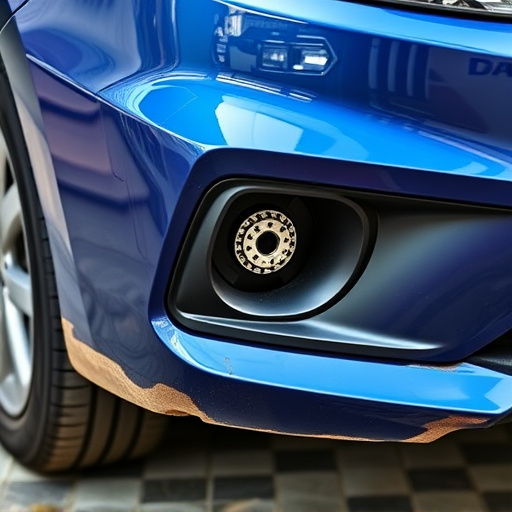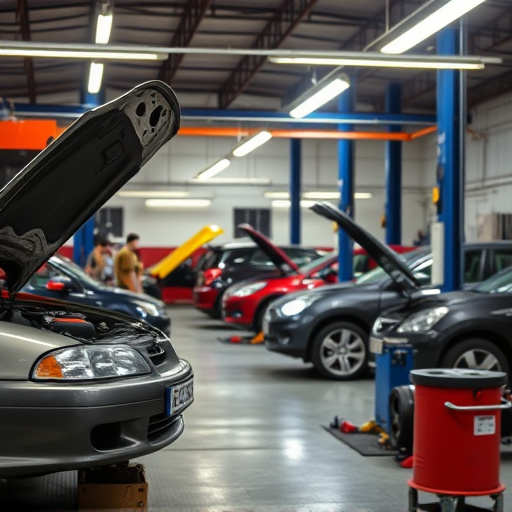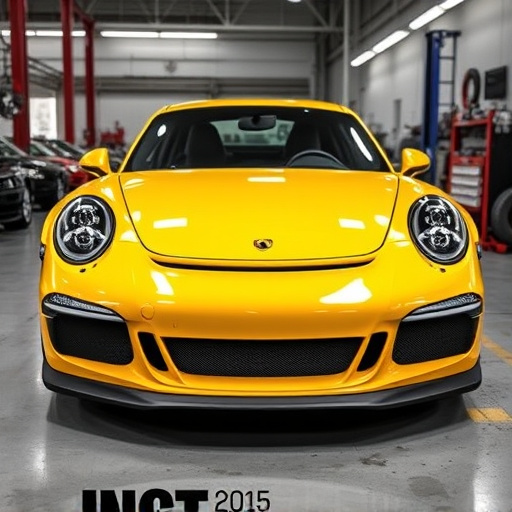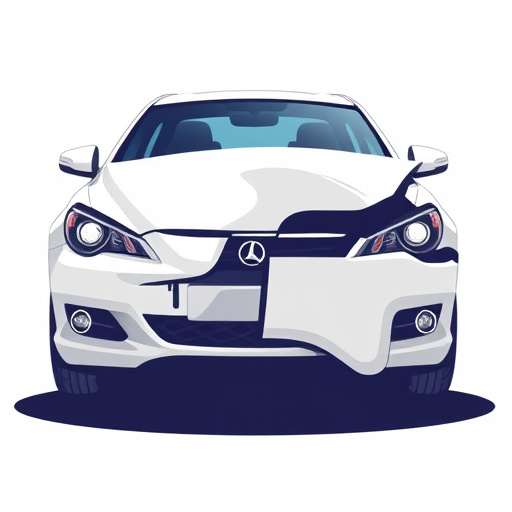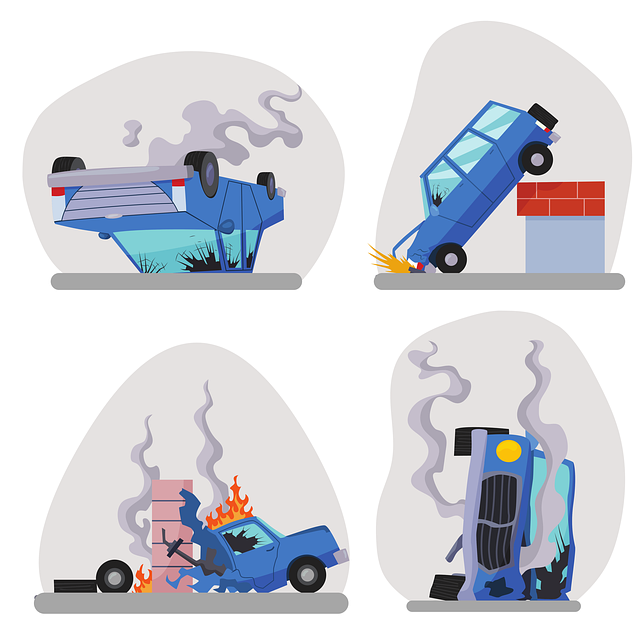PDR (Plastic Deformation Repair) equipment ranges from DIY kits with basic tools like mallets and suction cups to professional-grade machinery such as pneumatic dents pullers, metal separators, and precision gloves for collision repair centers. The choice between DIY and professional PDR impacts tool acquisition, with DIYers needing simple, cost-effective solutions while professionals require advanced tools for complex dent removal. High-quality PDR equipment is vital for achieving exceptional results in car paint repair, whether for personal projects or growing auto repair businesses.
“In the realm of auto restoration, Paint Damage Repair (PDR) has emerged as a game-changer, offering both professionals and DIY enthusiasts effective solutions. This article delves into the world of PDR equipment, specifically comparing tools designed for two distinct user groups: those pursuing DIY projects and seasoned technicians. We’ll explore the differences in gear, from hand tools to advanced machines, and provide insights on choosing the right PDR equipment to achieve optimal results.”
- Understanding PDR Equipment: A Comprehensive Overview
- DIY vs. Professional: The Gear Comparison
- Choosing the Right Tools: Factors to Consider for Optimal PDR Results
Understanding PDR Equipment: A Comprehensive Overview
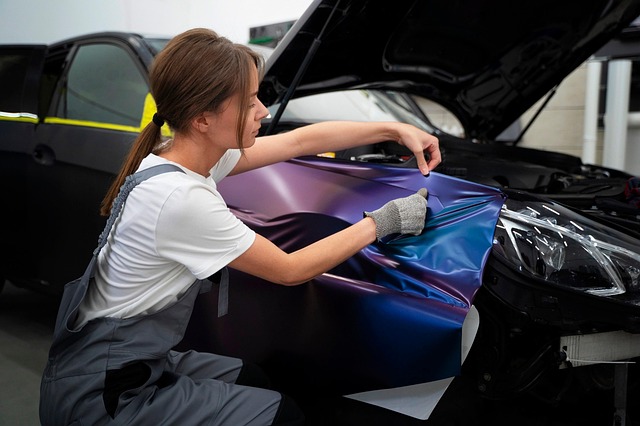
PDR equipment refers to a set of specialized tools used for Plastic Deformation Repair, a process that involves restoring damaged vehicle bodies back to their original shape without painting. This non-invasive technique is popular for its cost-effectiveness and minimal impact on the car’s finish. The primary goal of PDR equipment is to smooth out dents, dings, and creases by applying pressure in specific points across the impacted area.
There are various types of PDR tools designed for both DIY enthusiasts and professional technicians. For a collision repair center or an individual engaging in car restoration, such as that of a Mercedes-Benz, choosing the right equipment is paramount. While DIY kits often come with basic tools like mallets and suction cups, professionals rely on more advanced machinery including pneumatic dents pullers, metal separators, and precision-cut gloves. These professional-grade PDR tools are designed for speed, efficiency, and accuracy, making them indispensable in modern auto body shops.
DIY vs. Professional: The Gear Comparison
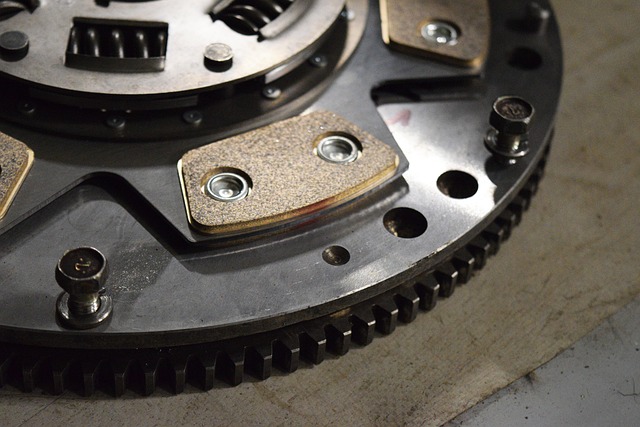
When it comes to PDR equipment, the choice between DIY and professional use significantly influences the tools acquired. For individuals opting for a do-it-yourself (DIY) approach to car collision repair or bumper repair, a basic set of PDR tools is ideal. This kit typically includes a variety of picks, tabs, and air guns, which are sufficient for minor dents and dings in auto painting projects. These tools are designed to be user-friendly, making it possible for anyone to perform simple repairs at home, saving time and costs.
In contrast, professional technicians require a more extensive and specialized PDR equipment collection. Their kits often comprise advanced tools such as precision mallets, pullers, and various types of guns tailored for complex dent removal techniques. These professionals are trained to handle a wide range of car damage scenarios, from major accident repairs to minor scuffs and scratches. The investment in professional-grade PDR gear reflects the need for efficiency, precision, and versatility in their work, ensuring superior outcomes in auto painting and collision repair services.
Choosing the Right Tools: Factors to Consider for Optimal PDR Results

Choosing the right PDR equipment is paramount for achieving optimal results in both DIY projects and professional auto collision repairs. Factors to consider include the size and type of damage, your level of experience, and the specific tools required for various techniques like dent removal, color matching, and finishing.
For DIY enthusiasts, lightweight and user-friendly tools are ideal as they simplify the repair process without needing extensive training. Conversely, professionals opt for more robust equipment capable of handling complex repairs and demanding tasks in vehicle body repair. Ultimately, investing in high-quality PDR equipment, whether for personal use or a growing auto repair business, is key to ensuring satisfactory outcomes in car paint repair.
When comparing PDR equipment for DIY enthusiasts versus professional technicians, it’s evident that each path has its unique advantages. For DIYers, accessible and affordable tools democratize car care, allowing for personalized repairs and cost savings. However, professionals leverage high-end gear with advanced features, ensuring precise, efficient, and superior results. Ultimately, the choice depends on skill level, budget, and desired outcomes, with both options contributing to maintaining and enhancing vehicle aesthetics.
